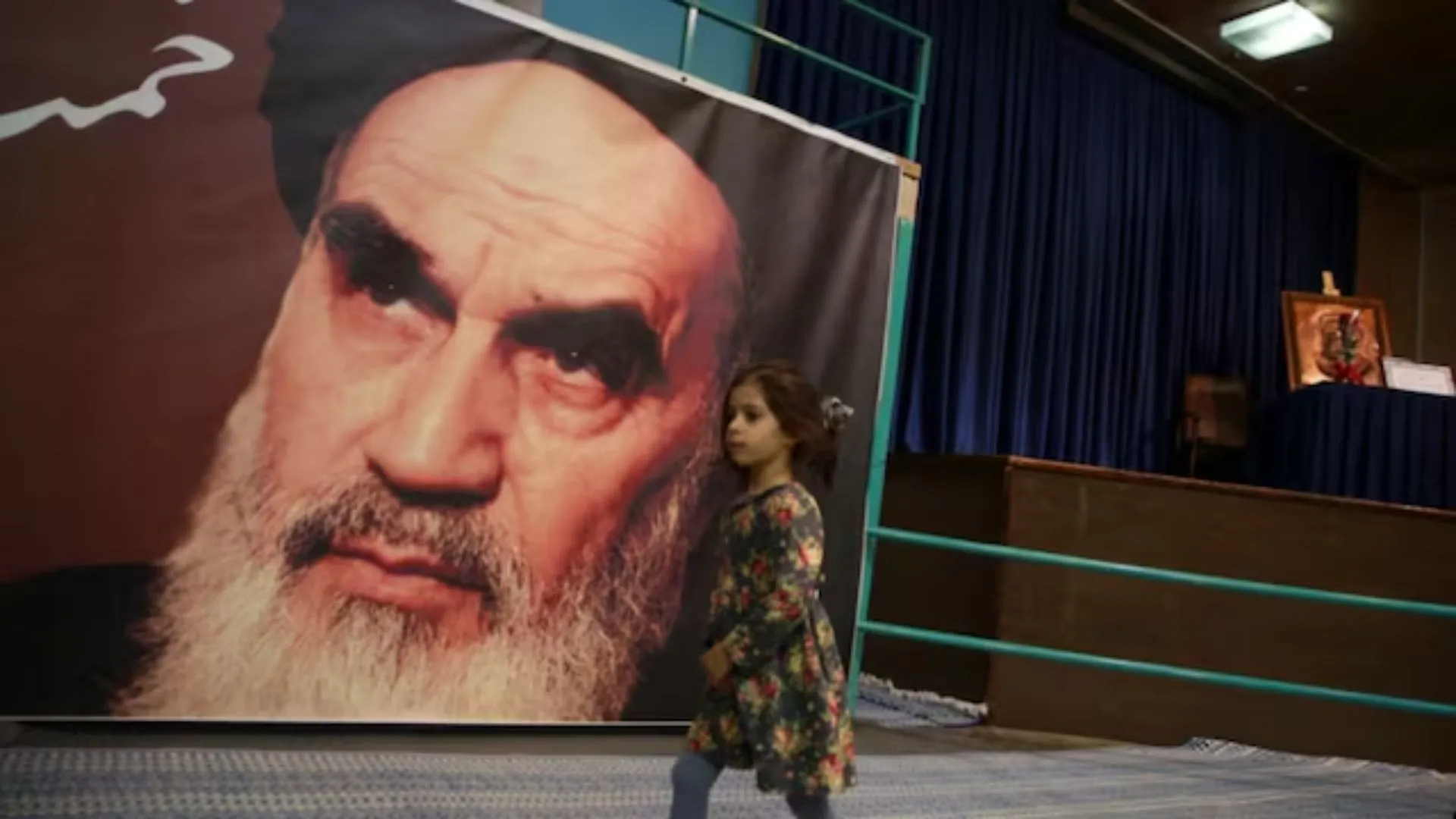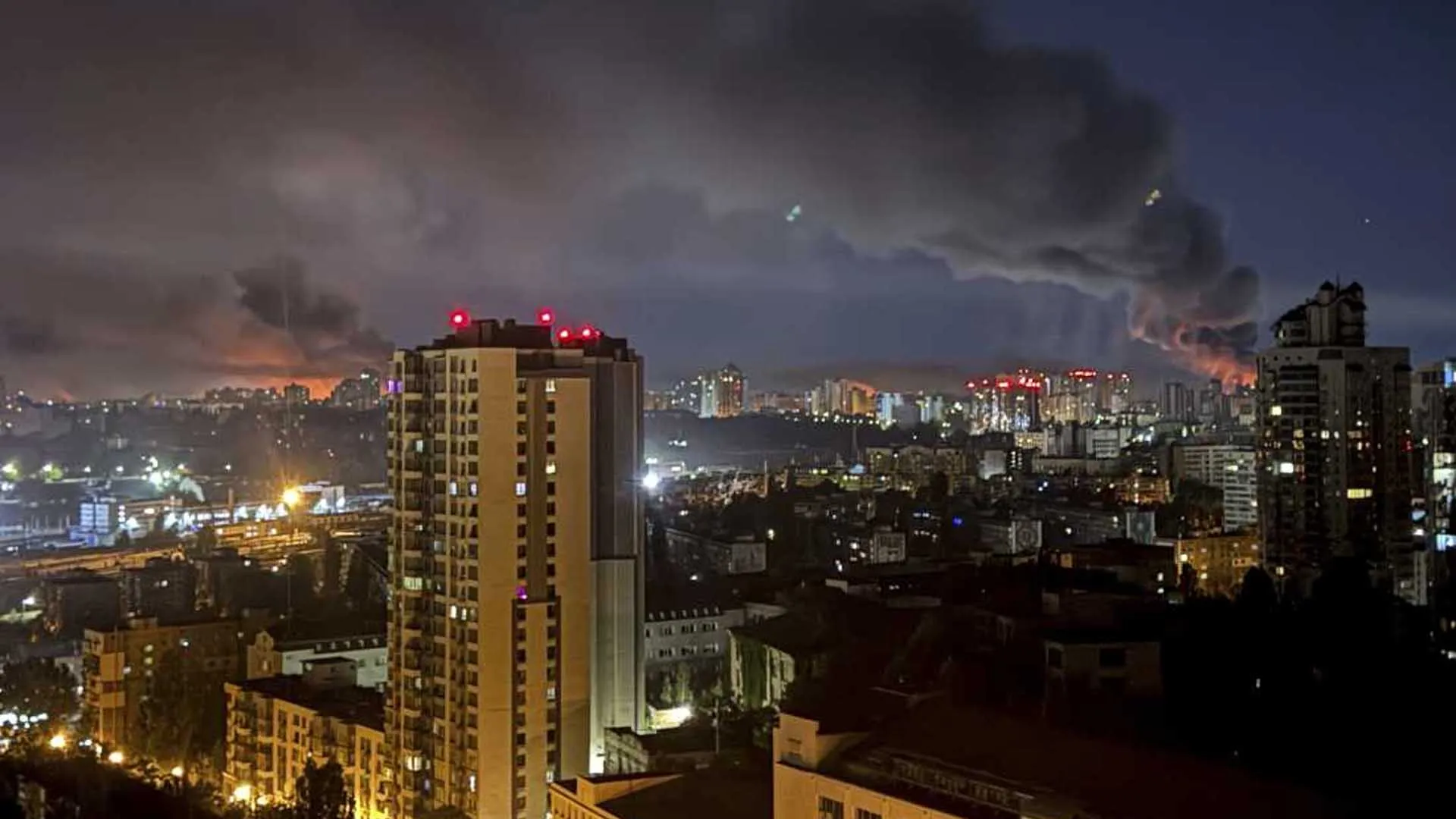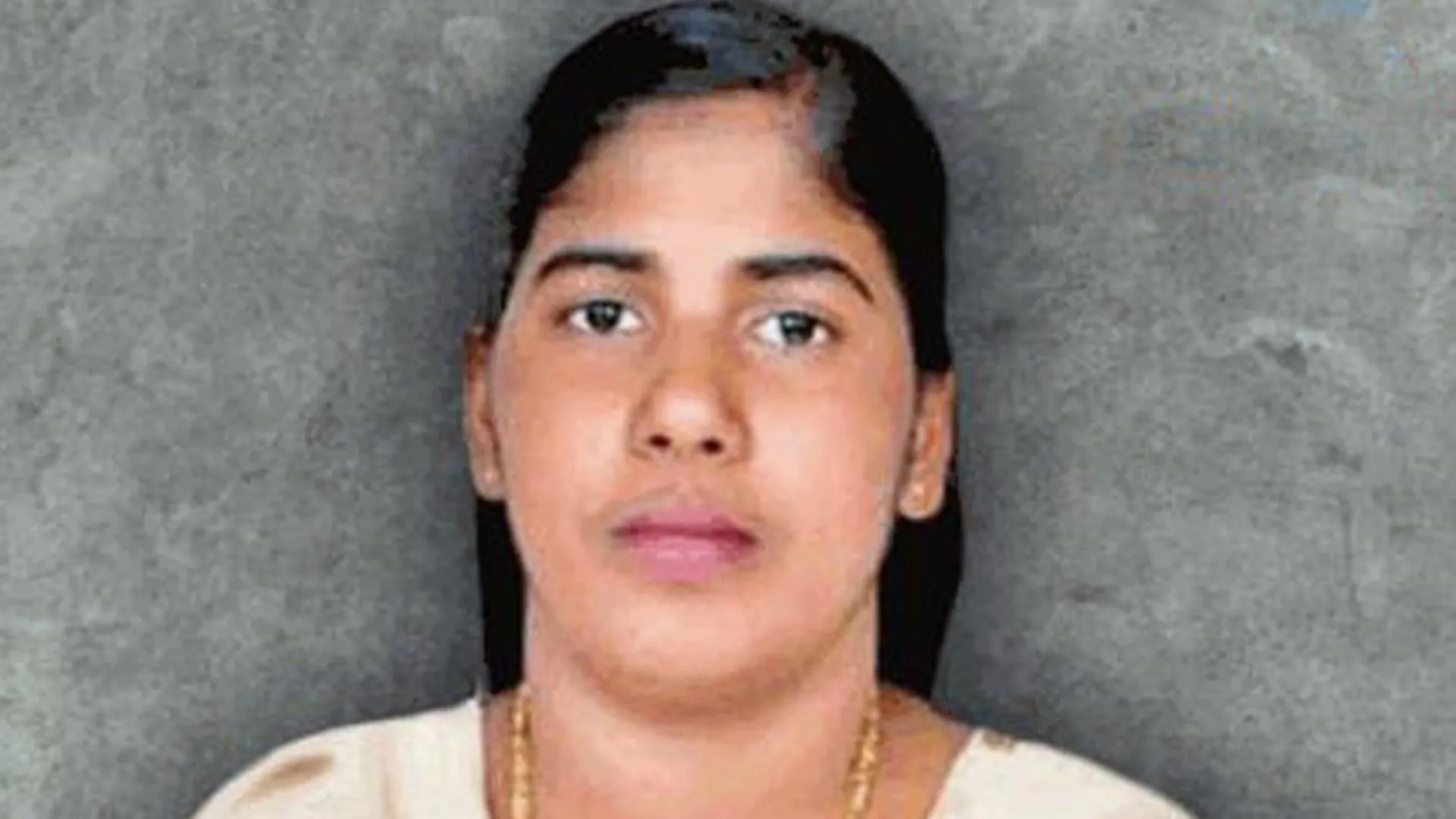New speculation has arisen after news broke that U.S. President Donald Trump purportedly thwarted an Israeli plan to kill Iran’s Supreme Leader, Ayatollah Ali Khamenei. These are just days after an Israeli airstrike killed a senior commander of Iran’s Islamic Revolutionary Guard Corps (IRGC). As tensions rise, a burning question now takes center stage: who would rule Iran if Khamenei were dead?
While Iran’s political system is layered and complex, one thing appears almost certain, Khamenei’s son is unlikely to inherit the leadership.
Why Mojtaba Khamenei Won’t Be Supreme Leader
A recent BBC Persian survey of 30 Iranian scholars and analysts showed that many suspect Khamenei’s second son, Mojtaba, is being positioned as his successor. However, Iran’s constitutional and ideological framework makes hereditary leadership nearly impossible.
Succession within the family is universally considered ‘un-Islamic’ in Iran. This was the opinion espoused by Ayatollah Ruhollah Khomeini, the mastermind of Iran’s 1979 Islamic Revolution. Khomeini condemned autocratic rule by family, comparing it to monarchy, something the revolution had a strong aversion to.
His opinions are greatly documented in Sahifeyeh Imam Khomeini, a 21-volume book of speeches, writings, and correspondence of the Ayatollah.
Ayatollah Ali Khamenei, who took over from Khomeini in 1989, has reiterated comparable opinions, openly rejecting family-based governance in an Islamic republic.
Who Was Ayatollah Khomeini?
In Iran, the legacy of Ayatollah Ruhollah Khomeini is strongly rooted. His image is found on money, in schools, and throughout public areas. He was the leader who toppled the Shah’s regime in 1979 and reformed Iran as a religious theocracy.
The CIA, in a 1983 report, acknowledged his pivotal role in the revolution, stating it might not have occurred without his leadership. “Islam is politics,” he famously said, asserting that religion could not be separated from governance.
Khomeini’s ideology and religious foundation were strongly influenced by his grandfather, Syed Ahmad Musavi Hindi—whose roots trace back to Barabanki, a small town in Uttar Pradesh, India.
The Uttar Pradesh Connection
Khomeini’s familial origins stretch to the Indian subcontinent. His grandfather, Ahmad Hindi, was born in the early 1800s near Barabanki, roughly 30 kilometers from Lucknow. At the time, British colonial rule was rising amid the Mughal Empire’s decline.
Ahmad belonged to a generation of intellectuals pushing for Islamic revivalism. He ultimately departed India to proceed to Najaf, Iraq (which was then regarded as Persia), in 1830 to pay respects to the Tomb of Ali. He settled in Khomeyn, Iran, four years later, and constructed a house where he started a family.
According to BBC journalist Baqer Moin, Ahmad chose the name ‘Hindi’ to honor his Indian roots. He married three times and fathered five children, including Mostafa, Khomeini’s father. Ahmad died in 1869 and was buried in Karbala. His legacy of faith and commitment would later influence Khomeini’s life and political path.
Legacy That Shaped a Nation
Though Ahmad Hindi passed away decades before Khomeini’s birth in 1902, his ideological imprint was passed through generations. Khomeini inherited a deep sense of religious responsibility and political purpose, one that would go on to define the Islamic Republic of Iran.
This lesser-known connection to Uttar Pradesh sheds light on how global histories intertwine and how one man’s journey from a small Indian town eventually helped shape modern Iran.























